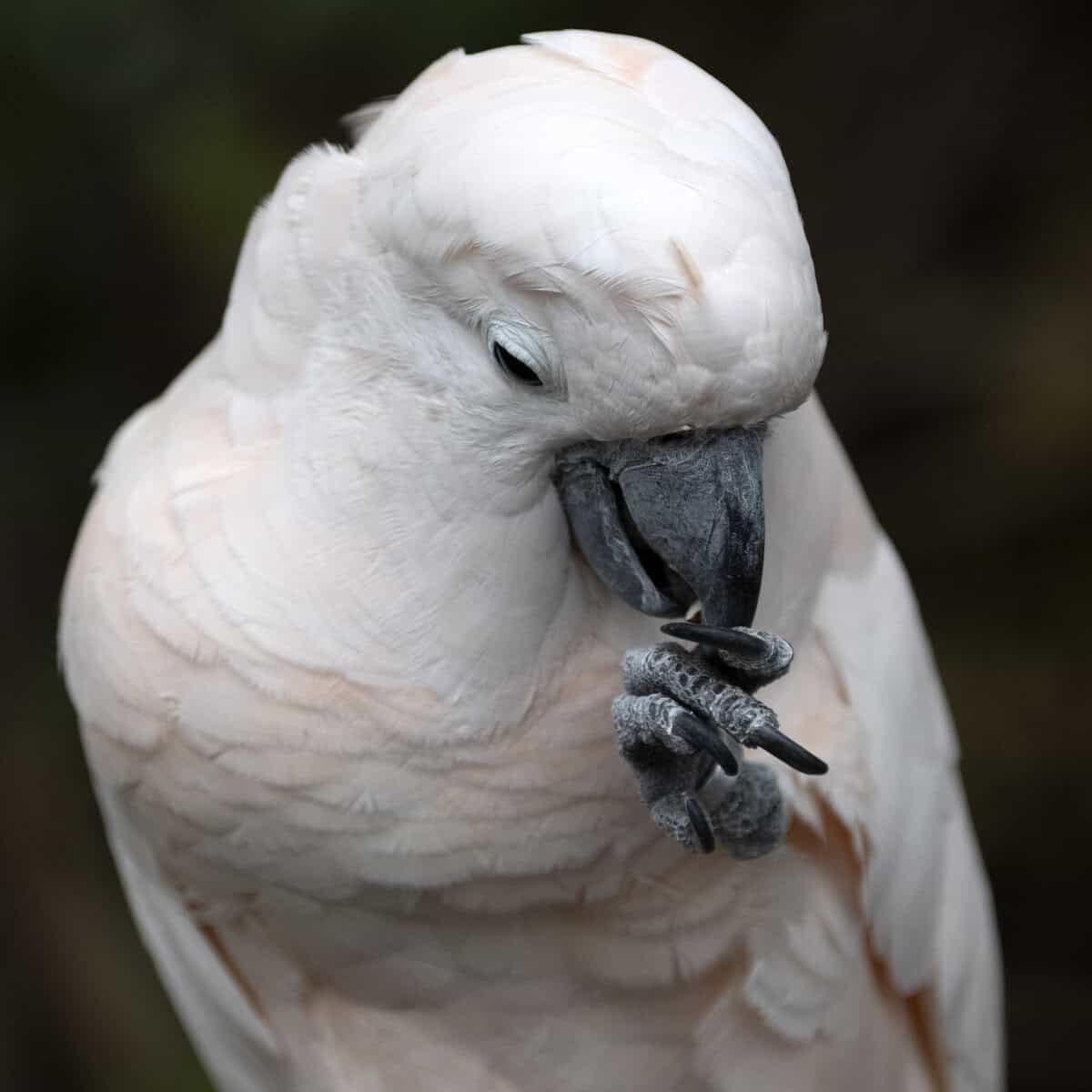
The Curious Case of Cockatoo Lefties: Exploring Bird Lateralization
Last Updated on by Mitch Rezman
You ever notice how you always grab your coffee mug with the same hand, or kick a ball with the same foot?
Well, unless you’re a soccer superstar juggling like a circus performer, chances are you’re a creature of habit. But don’t worry, it’s not just you.
Turns out, lateralization—the fancy science term for favoring one side of the body for certain tasks—is a thing for humans and animals alike, including birds. Yes, even birds get picky about which foot they use for breakfast.
So, let’s dive into the wonderfully weird world of lateralization, where left-footed cockatoos, right-handed humans, and the brain’s curious quirks collide. And spoiler alert: the deeper we go, the more questions we’ll uncover.
The Evolutionary Perks of Picking a Side
Before we get into birds, let’s talk evolution. Why would any species evolve to prefer one side of the body over the other?
Well, it’s all about multitasking—or at least, that’s the theory. For example, if you can handle one task with your right hand and another with your left, that’s twice the productivity without growing extra limbs. Handy, huh? (Pun absolutely intended.)
When it comes to the brain, the reasoning gets even more intriguing. Instead of having two identical halves doing the same job, evolution seems to have figured out a cheat code: split the workload.
If each hemisphere of the brain takes on different tasks, you can squeeze more cognitive firepower into that noggin of yours.
Think of it like a small apartment with brilliant interior design—you maximize every square inch to pack in more function without expanding the space. Efficient, right?
Now, before we go patting ourselves on the back for being such marvelous multitasking machines, humans aren’t the only ones pulling this lateralization trick.
Our feathered friends are doing it too, in their own bird-brained way. And speaking of birds…
Birds and Brains: The Left-Footed Cockatoo Conundrum
First off, let’s address the obvious: birds don’t have hands. So, when we talk about lateralization in birds, it’s all about their feet—and to a lesser extent, their beaks.
Cockatoos, in particular, have been the subject of some intriguing studies about foot preferences. And let me tell you, it’s not as simple as just asking a cockatoo, “Hey, are you a lefty or a righty?”
In one particularly eye-opening study, scientists decided to get to the bottom of which foot these birds preferred to use for snatching up food.
Now, if you’re expecting a clear-cut answer, well, welcome to the frustrating and fascinating world of animal research.
The Bird-Brain Breakdown
Here’s what went down. In a group of 15 Goffin’s cockatoos—adorably named, I know—three turned out to be right-footed, while 12 were left-footed. What’s that? A cockatoo lefty revolution?
Not quite. Although most of the birds favored their left foot for food-handling, the story gets twistier than a pretzel when they were put through a series of tasks.
The birds weren’t exactly loyal to their “dominant” foot. They switched feet faster than a DJ swapping tracks at a party.
In simple tasks—think of it as birdy fast food—they stuck to their dominant foot most of the time. But when the going got tough (and by tough, I mean the cockatoo version of trying to open a stubborn pickle jar), they started foot-switching. Some birds even betrayed their “food-holding foot” altogether. The audacity!
What’s the Deal with the Foot-Switching?
So, why all the foot-swapping, you ask? Scientists have a few theories, but no one really knows for sure.
One idea is that the foot doing the supporting (the one holding the bird steady) might actually be the dominant one.
Think of it like balancing on one foot while trying to grab something off a high shelf—the foot keeping you upright might be doing more work than the hand reaching for the prize.
Another theory suggests that the bird’s choice of foot might depend on the complexity of the task. In other words, it could be more about strategy than sheer preference.
Either way, these little cockatoos kept researchers scratching their heads (and likely double-checking their data). While it would’ve been neat and tidy if all birds stuck with one foot the whole time, science is rarely that simple.
After all, life’s full of surprises—like realizing your pet cockatoo has more ambidextrous swagger than you ever gave it credit for.
The Big Brain Question: Lateralization and Intelligence
Now, here’s where things get interesting, especially for those of us obsessed with brains (no judgment).
One might assume that a bird showing strong lateralization—say, a cockatoo that’s always left-footed—would have a more complex brain. After all, that’s the case with humans, right?
The more specialized certain parts of our brain become, the better we are at doing specific tasks.
Well, not so fast. While some studies (shoutout to Kaplan and Rogers, 2021) found that cockatoos with stronger left-footedness had larger brain regions that resemble the human cortex, this didn’t necessarily mean they were better at solving puzzles. In fact, nearly all of the birds in the study managed to crack the same difficult tasks, regardless of how strongly lateralized they were.
So, does this mean that cockatoos are secretly geniuses hiding behind a poker face of unpredictable foot-switching?
Maybe. Or maybe brain lateralization isn’t as straightforward as we humans like to think. After all, if birds can solve complex problems without committing to one foot, maybe there’s a lesson in there for us about flexibility (both mental and literal).
Why Humans Care About This Stuff
At this point, you might be thinking, “Cool story, but why should I care if a cockatoo uses its left foot for snacking?”
Well, dear reader, lateralization research isn’t just about birds—it’s about understanding how brains work in general, including our own.
You see, studying how different animals use their bodies and brains helps us uncover universal truths about evolution, intelligence, and behavior.
For example, lateralization in humans is closely linked to language skills. Most of us use the left hemisphere of our brain for language processing, which is why you’re probably not even aware that the left side of your brain is working overtime right now, just so you can read this sentence.
But what about animals that don’t have complex languages like us?
Do they need lateralized brains? That’s the kind of question researchers are trying to answer by studying creatures like cockatoos. And while we might not have all the answers yet, each new study brings us one step closer to understanding the intricate relationship between body, brain, and behavior.
The Takeaway: Keep an Eye on Your Own Lateralization (And Your Bird’s, Too!)
So, what can we learn from the quirky lateralization habits of our cockatoo friends?
For one, lateralization is more than just being a lefty or a righty—it’s a fascinating glimpse into the inner workings of brains, from humans to birds.
And while we humans might like to think we’ve got it all figured out, the truth is that the animal kingdom often has its own way of doing things. Sometimes, the rules are a little messier than we’d expect, but that’s what makes it all the more exciting.
Oh, and if you happen to have a bird at home, consider running your own little lateralization experiment. Pay attention to how it grabs food, navigates puzzles, or even perches on your finger.
Is it a staunch left-footer? A right-footed rebel? Or a foot-switching wildcard like the cockatoos in this study? Who knows, you might just learn something new about your feathered friend—and maybe even a little about yourself.
And next time you grab that coffee mug with your dominant hand, take a moment to appreciate the years of evolution that made you (and your local cockatoo) a lateralized being. Just maybe don’t switch hands halfway through sipping—it’s harder than it looks.
Wrapping Up: Lateralization Is a Bird-Brain Delight
In the end, lateralization is one of those curious phenomena that transcends species and fascinates researchers across disciplines.
Whether it’s a bird favoring its left foot or a human writing with their right hand, the quirks of lateralization reveal a complex dance between body, brain, and task. And who knew cockatoos would be at the center of such intriguing scientific mysteries?
So, the next time you’re trying to figure out whether you’re a lefty, a righty, or somewhere in between, just remember: cockatoos are out there, switching feet and solving puzzles, and probably judging us for making such a big deal out of which hand we use to hold a pen.
And maybe, just maybe, the secret to intelligence isn’t about which side is dominant, but how well we adapt to the task at hand—er, foot.
Written by Mitch Rezman and the Windy City Parrot Content Team
Author Profile
Latest entries
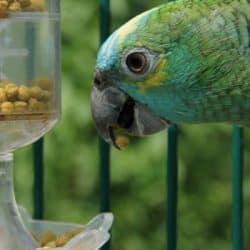 Feeding Exotic BirdsDecember 29, 2025How to Switch or Convert Your Bird From Seeds to Pellets: Real-Life Case Studies and Practical Guidance
Feeding Exotic BirdsDecember 29, 2025How to Switch or Convert Your Bird From Seeds to Pellets: Real-Life Case Studies and Practical Guidance Feeding Exotic BirdsDecember 16, 2025A Practical, Budget-Smart Guide to Feeding Birds Well
Feeding Exotic BirdsDecember 16, 2025A Practical, Budget-Smart Guide to Feeding Birds Well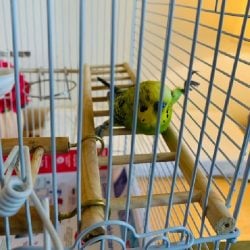 Bird EnviornmentsDecember 7, 2025Understanding Budgie Cage Bar Orientation: Myths, Realities & Practical Solutions for Vertical-Bar Bird Cages
Bird EnviornmentsDecember 7, 2025Understanding Budgie Cage Bar Orientation: Myths, Realities & Practical Solutions for Vertical-Bar Bird Cages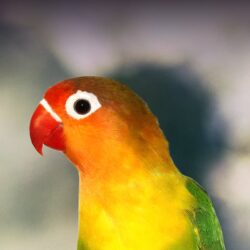 Feeding Exotic BirdsDecember 5, 2025How Dr. T.J. Lafeber Rewrote the Future of Pet Bird Nutrition
Feeding Exotic BirdsDecember 5, 2025How Dr. T.J. Lafeber Rewrote the Future of Pet Bird Nutrition
This Post Has One Comment
Leave a Reply
You must be logged in to post a comment.
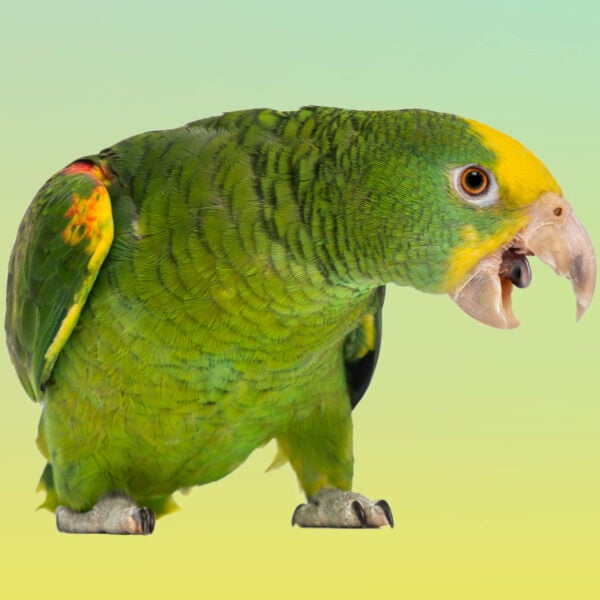
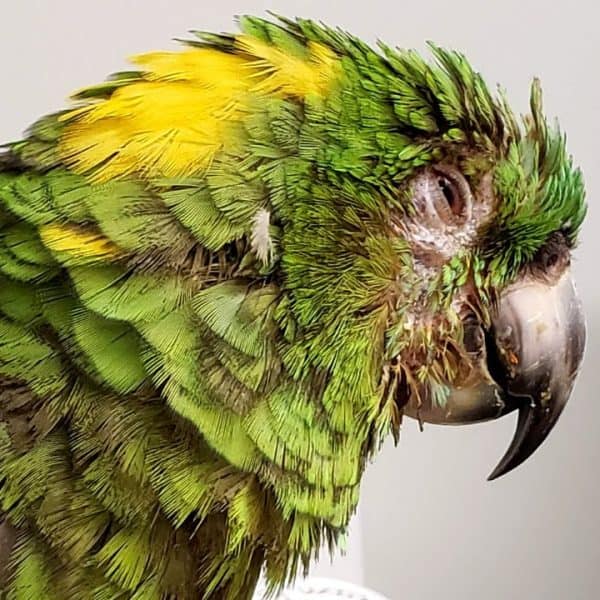

Rebecca Avery
20 Oct 2024“But what about animals that don’t have complex languages like us?” Then they shouldn’t have picked a genus of bird that’s multi-lingual and strongly individual for their research! If it was looking for brain function=foot switching, I’d have picked canaries or zebra finches who don’t learn multiple human languages, in addition to their own.